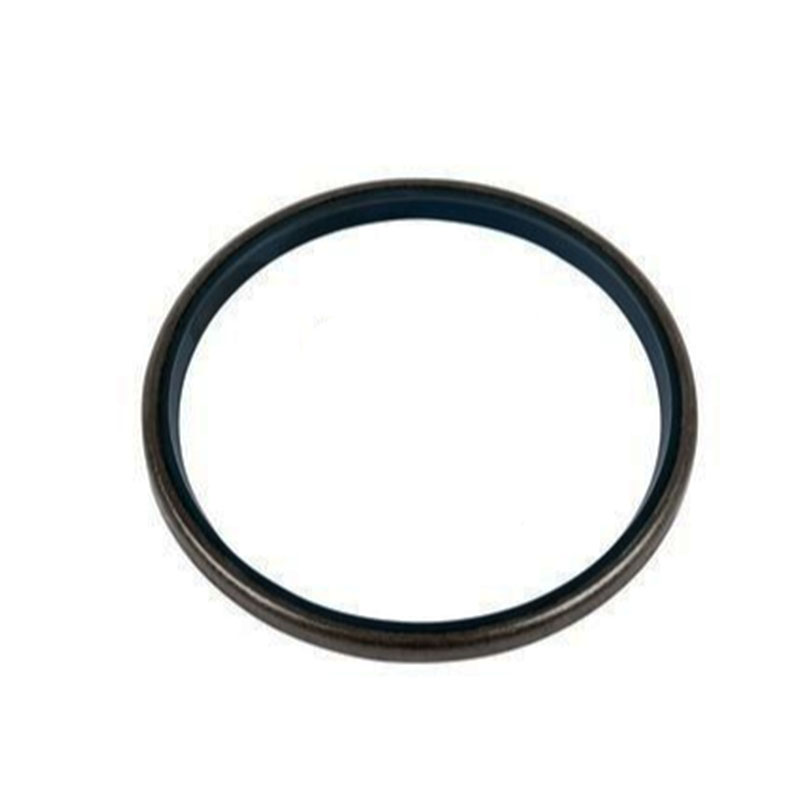25x47x7 oil seal
Understanding the 25x47x7 mm Oil Seal A Key Component in Mechanical Systems
Oil seals are critical components in a wide range of machinery and automotive applications. Among the various types available, the 25x47x7 mm oil seal stands out due to its unique dimensions and versatile application. Understanding oil seals in general and the specifications of this particular size can be crucial for various industries, including automotive, manufacturing, and maintenance.
What is an Oil Seal?
An oil seal, also known as a fluid seal or grease seal, is designed to retain the lubricants within the machinery and prevent the contamination of foreign particles. Typically made from materials like rubber, silicone, or polyurethane, these seals play an essential role in reducing friction, minimizing wear, and preventing leakage.
Size and Specification
The 25x47x7 mm oil seal denotes its dimensions 25 mm inner diameter, 47 mm outer diameter, and a thickness of 7 mm. This size is particularly popular in various applications, making it an essential component in machine assemblies. The inner diameter is critical because it needs to fit snugly onto the shaft it is designed to seal. The outer diameter ensures a secure fit into the housing, while the thickness of 7 mm contributes to the seal's ability to withstand various operating conditions.
Applications
The 25x47x7 mm oil seal is commonly used in automotive applications, particularly in engines, gearboxes, and differentials. Its robust construction allows it to endure high temperatures and pressures, making it suitable for both high-performance vehicles and standard automobiles. Additionally, this oil seal is utilized in industrial machinery, such as pumps and hydraulic systems, where it plays a pivotal role in maintaining the integrity of lubricants.
25x47x7 oil seal

Material Considerations
The materials used to manufacture the 25x47x7 mm oil seal significantly influence its performance. Nitrile rubber (NBR) is widely used due to its excellent resistance to oil and various chemicals, making it ideal for high-pressure environments. For applications involving higher temperatures, materials such as fluorocarbon (FKM) or silicone may be employed to ensure longevity and reliability.
Installation and Maintenance
Proper installation of the oil seal is crucial for its effectiveness. It is essential to ensure that the sealing surface is clean and free of debris, as any contaminants can lead to premature failure. Additionally, following the manufacturer's instructions regarding lubrication and installation procedures will maximize the seal's lifespan.
Regular maintenance checks should be performed to assess the condition of the oil seal. Signs of wear, such as leaks or abnormal noise, indicate that the seal may need replacement. Addressing these issues promptly can prevent further damage to machinery, saving both time and costs associated with repairs.
Conclusion
The 25x47x7 mm oil seal exemplifies the importance of small components in the broader context of machinery operation and maintenance. Understanding its dimensions, materials, and applications equips engineers and technicians with the knowledge necessary to ensure efficient and reliable mechanical systems. Whether in automotive or industrial applications, this oil seal plays an indispensable role in maintaining operational integrity and performance.
-
Understanding the Front Main Engine Seal: Purpose, Maintenance, and Installation
News Jul.29,2025
-
Understanding O-Rings and Seal Rings: Types, Applications, and Custom Solutions
News Jul.29,2025
-
Understanding Crankshaft Oil Seals: Rear Seals, Pulley Seals, and Their Role in Engine Integrity
News Jul.29,2025
-
The Importance of Front and Rear Crankshaft Seals in Engine Performance and Oil Management
News Jul.29,2025
-
Crank Oil Seals: Functions, Types, and Cost Considerations in Engine Maintenance
News Jul.29,2025
-
A Comprehensive Guide to O-Rings and Seals: Types, Materials, and Global Applications
News Jul.29,2025
-
Mastering Diesel and Performance Engine Maintenance: A Guide to Critical Oil Gaskets
News Jul.28,2025
Products categories















